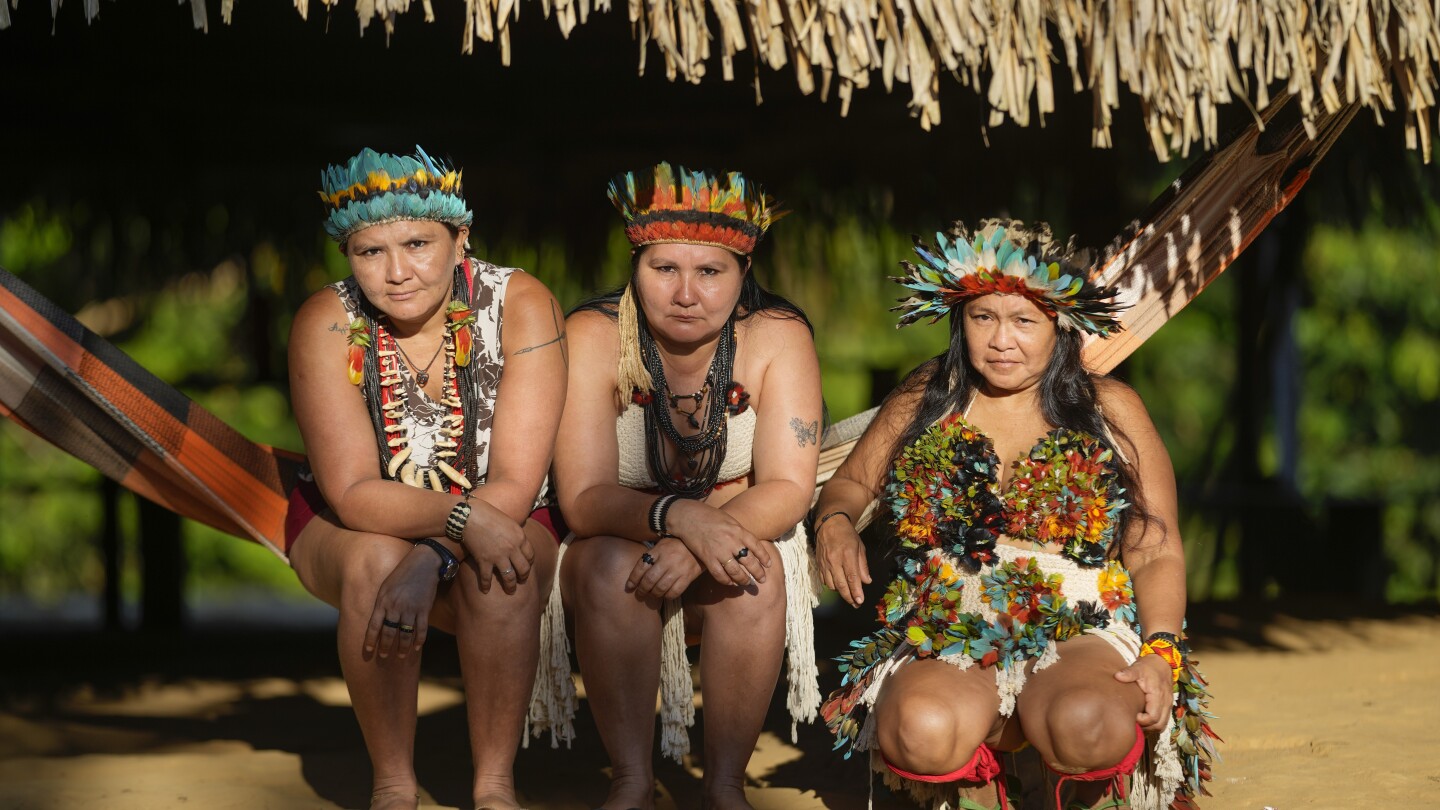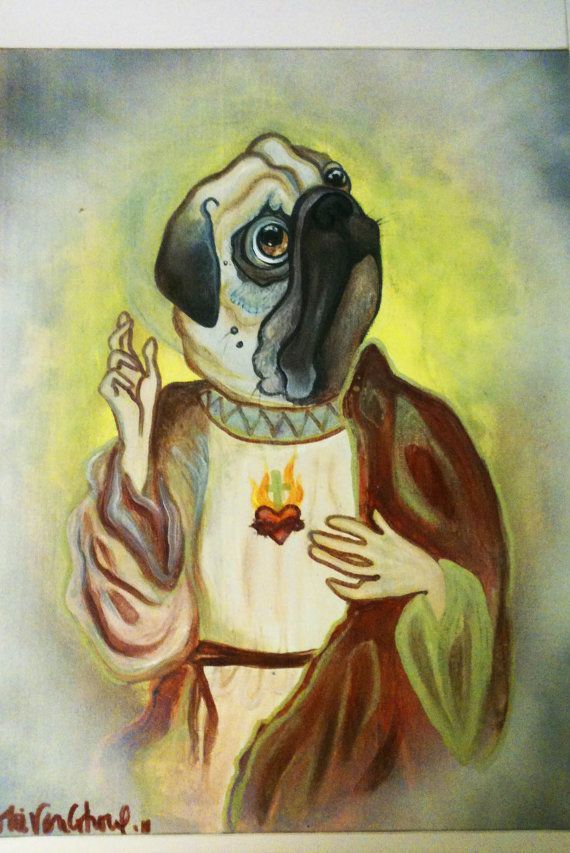Throughout the day, people gather at a soaring maloca, or common building, designed in the traditional Juma way, to eat, tend their macaws and parrots, lounge on hammocks during the warmest hours, pound cassava, and check WhatsApp messages on their cellphones, connected to the internet by a dish antenna.
Aruká, the women’s father, is buried under the maloca.
Mandeí has been Juma chief for more than a decade now, recently stepping down in favor of her older sister, Boreá. She left behind long ago her initial adjustment to travel and leadership.
“Because we were few, people didn’t recognize us, didn’t respect us,” she said. “There had never been a woman leader before, and then people came to tell me, ‘You shouldn’t have assumed it because you’re a woman.’”
At first, that hurt, she said. Then she stopped caring.
“I adapted to seek solutions for our people,” she said.
This is the best summary I could come up with:
In 2021, Aruká died of COVID-19, prompting obituaries like the one in The New York Times that said the “ last man of his tribe ” was gone, pushing the Juma, a patriarchal society, closer to extinction.
During a forced relocation earlier in their lives, Mandeí and her sisters made the decision to marry men of other tribes, maintaining their people’s lineage, despite a patrilineal tradition.
Throughout the day, people gather at a soaring maloca, or common building, designed in the traditional Juma way, to eat, tend their macaws and parrots, lounge on hammocks during the warmest hours, pound cassava, and check WhatsApp messages on their cellphones, connected to the internet by a dish antenna.
In 1998, as the six remaining Juma were struggling to survive, Brazil’s Indigenous bureau, Funai, transferred them to an Uru-Eu-Wau-Wau village, located a few hundred miles away.
As part of this collaboration, a multimedia dictionary was created for cellphones, along with an online collection of digital archives with traditional narratives, monologues, and songs in the Juma language.
Kawahiva is a severely endangered Amazonian language, spoken by approximately 560 people with 8 variations, including Juma, explains Santos, a graduate student at the University of California at Berkeley.
The original article contains 1,150 words, the summary contains 201 words. Saved 83%. I’m a bot and I’m open source!
Wow wowow where can I join




